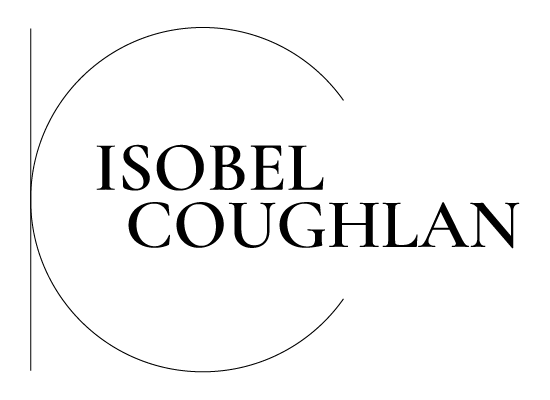
What Are Your Customers Really Searching For?
Customer search intent and SEO keyword research are the two ingredients to a successful content recipe.
As cliché as it sounds, you need to be one step ahead of your customers. You need to know what they’re Googling before they can type out the query.
While I’ve been working through the HubSpot Academy SEO qualification (hey, it’s always a good time to refresh your skills), I’ve noticed that some blogs miss the first step—proper audience research.
Covering relevant topics is great, but if you don’t get into your reader’s mind, you might miss a valuable chance to cover a niche and boost your traffic.
Here’s a crash course on creating content that speaks to your readers’ souls.
What Is Customer Search Intent?
Let’s kick things off with a quick definition.
Customer search intent is the why behind every search. No one Google by accident (well, most of the time). Usually, there are four reasons:
- Informational — Searching for answers
- Navigational — Searching for a specific site heading to a specific site
- Transactional — Searching for products/services (ready to purchase)
- Commercial — Searching for comparisons, not ready to buy (e.g., Nike vs Adidas shoes)
Knowing which type of intent you’re writing for helps you perfect the structure, tone, and call-to-action of your blog.
How Keywords Can Inform Your Blogs
The term “SEO keywords” gets tossed around a lot these days.
Some even criticise keywords as we’re entering into a new era of search. Hello, Chat GPT and AI Overviews.
But keywords are still crucial to any content strategy. Used naturally, they help structure content that’s both discoverable and genuinely helpful.
To find the right keywords that match your readers’ genuine search intent, you can use basic SEO tools, competitor SERP analysis, or hire an SEO content professional.
Why It’s Not Just About Keywords….
Now let’s do a 180° turn. SEO keyword research is important, but it’s just the start.
Don’t fall into the trap of stuffing your post with keywords in hopes of ranking. Instead, think of them as signposts. They guide search engines and your audience.
Use them naturally in headings, intro paragraphs, and meta descriptions. Then, prioritise natural flow over frequency.
Content That Doesn’t Just Tick Boxes, But Helps
As more AI and spammy content appears, Google’s been focusing on helpful content for a reason. It wants content written for humans, not bots.
That’s where the Google E-E-A-T framework comes in: Experience, Expertise, Authoritativeness, and Trustworthiness.
Cut the copy and paste words that don’t say anything new.
Show real-world know-how, link to solid sources, and make your content genuinely useful for a chance to hit the first search results page.
Customer Profiles In A Few Seconds
Understanding who you’re writing for is the core of customer search intent.
Professional marketing teams build buyer personas, which include your ideal customers’ job role, likes, pain points, and goals. Basically, you want to identify the person most likely to be interested in your products or services.
When you understand their world, it’s easier to create a brand voice and write content that resonates with them and answers their real questions.
Get Inside Their Heads
Speaking of understanding customers’ worlds, it’s time to do the nitty-gritty research.
Personally, this is my favourite part of creating SEO content.
It’s time to go to forums like Reddit, Quora, or niche Facebook groups. These platforms are packed with unfiltered, honest questions from real people—aka gold for content ideas and language that matches your audience.
Dig around and see what you find. You might be surprised…
How An Expert Can Help
Don’t have the time to hang around forums or pen SEO blogs? That’s where content writers come in.
Hello! I’m Isobel, a freelance SEO content writer. I’m here to tailor your website copy, blogs, and landing pages to your ideal customers, all while you focus on what really matters to your business.
See some of my client content writing here.

